New Hair Loss ‘Cure’ Works in Just 20 Days, Scientists Claim
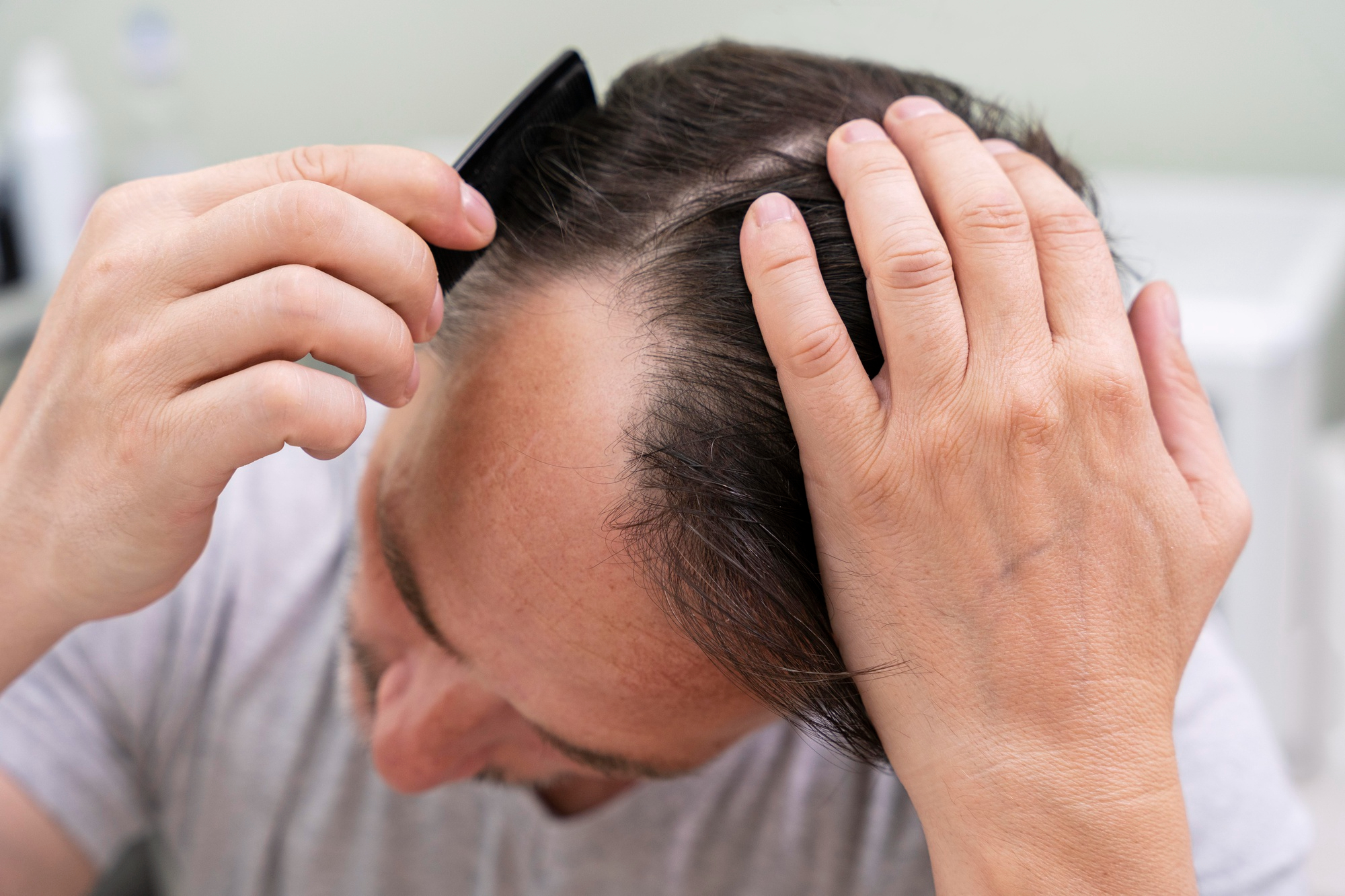
For the millions who experience the deep, personal, and often distressing reality of hair loss, such news can feel like a long-awaited answer. It paints a picture of a simple, fast solution, a miracle serum poised to “make baldness vanish.”
But in our modern world of instant information, when a promise seems to solve a complex problem so neatly, a thoughtful, deeper look is not only warranted, it’s necessary. The buzz originates from a fascinating new study, but the leap from a preliminary lab discovery in a controlled environment to a “cure-in-a-bottle” on a bathroom shelf is a journey fraught with misunderstanding and oversimplification. This is a story that reveals not only how exciting, incremental science happens, but also how easily it can be distorted in the echo chamber of public hope.
What Did Scientists Actually Find?
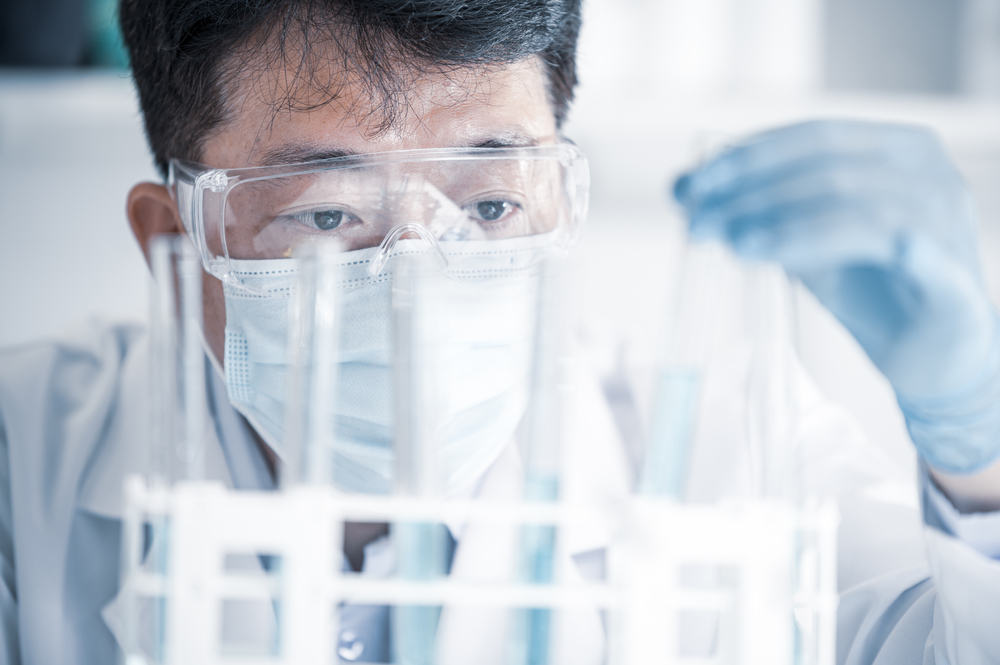
The legitimate research that sparked the headlines is, in itself, a significant piece of work. It was published in the prestigious journal Cell Metabolism, which means it’s considered a novel and important finding by the scientific community. The research was conducted by a team from National Taiwan University (NTU), in collaboration with other world-renowned experts.
Crucially, their discovery is not a “product” but a process. They uncovered a new biological pathway, solving a long-standing medical observation: why does minor skin injury, like inflammation, sometimes trigger localized hair growth? The NTU team sought to map the exact molecular conversation.
They uncovered a remarkable, three-part conversation between your cells:
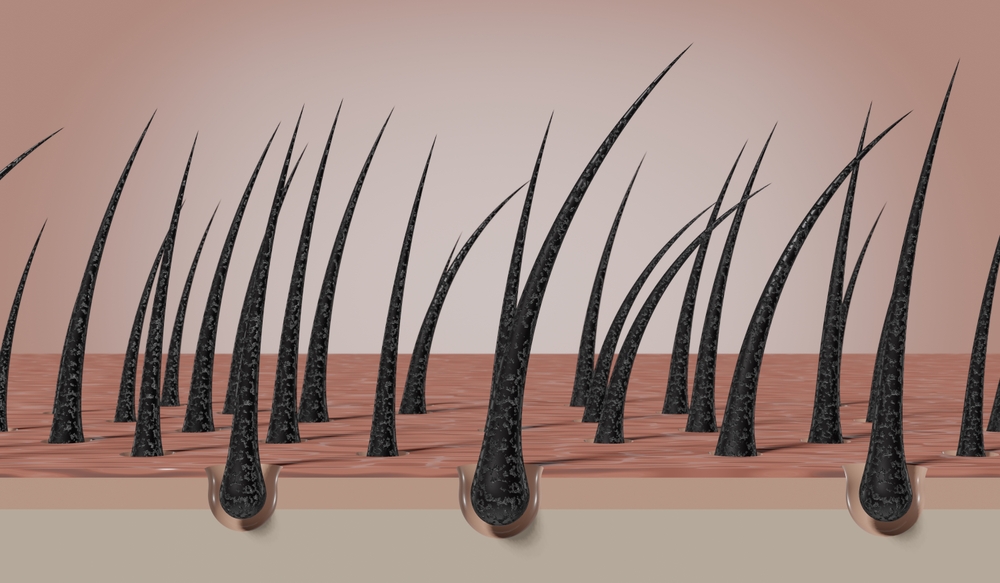
- The Alarm: A skin irritation, acting like an alarm, calls your body’s immune cells to the site.
- The Messengers: These immune cells arrive and “talk” to the layer of fat cells nestled just beneath the skin.
- The “Fuel”: The fat cells are signaled to break down their stored fat, releasing specific fatty acids (namely Oleic Acid and Palmitoleic Acid) into the immediate environment.
This is where the true breakthrough lies. These fatty acids are then absorbed by dormant hair follicle stem cells. This influx provides a powerful surge of metabolic energy, like refueling a tiny cellular engine. This new “fuel” essentially “wakes up” the resting stem cells, giving them the energy required to execute the complex program of growing a new hair. This finding suggests a new way of thinking: perhaps hair follicles are dormant not just because they lack an “on” signal, but because they lack the energy to respond.
The Fundamental Flaw in the 20-Day Claim
Here, the chasm between the rigorous, careful science and the sensational public “hype” begins. The “20-day” timeline that captured public imagination is the most glaring misrepresentation. This figure is a direct, and deeply misleading, transposition from the study’s animal model.
Mice, a common model in pre-clinical research, have a hair growth cycle that is vastly faster and more synchronized than that of humans. A 20-day observation of regrowth in a mouse is biologically meaningless when applied to a human scalp, where the anagen (growth) phase lasts for 2 to 7 years. This difference is not a small detail; it is a fundamental flaw in the “20-day” narrative.
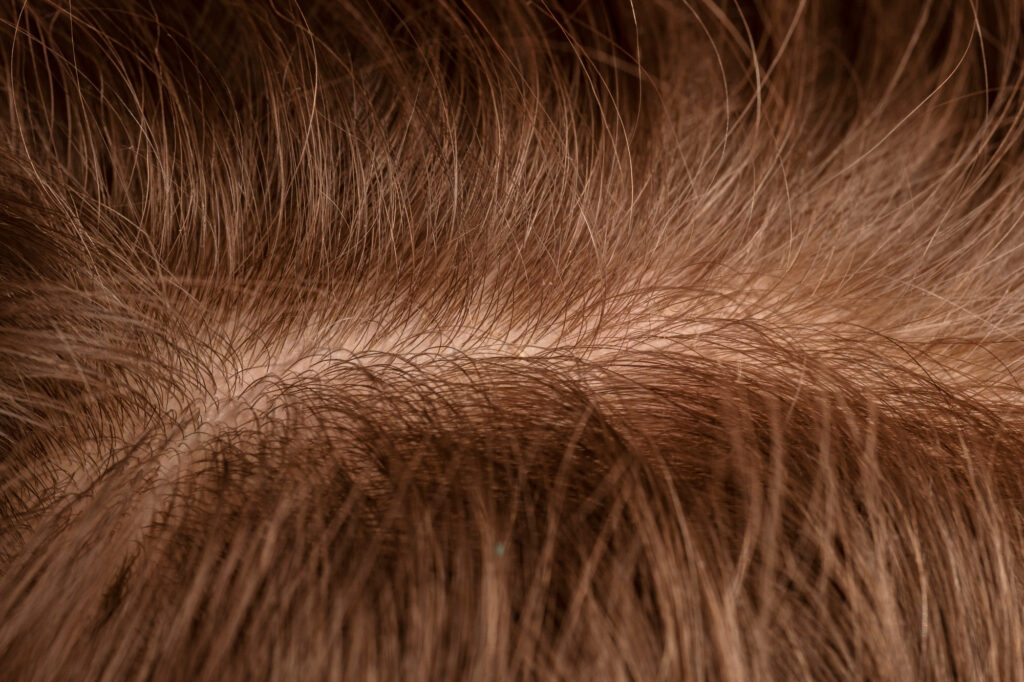
Furthermore, one must ask what kind of follicle is being activated. The study’s mechanism involves “waking up” healthy, but dormant (telogen-phase), follicles. This is very different from the primary mechanism of common pattern baldness (androgenetic alopecia, or AGA). In AGA, follicles aren’t just peacefully sleeping; they are under sustained attack. They are progressively shrunk, weakened, and made fibrotic by the hormone dihydrotestosterone (DHT), eventually becoming “extinct” and incapable of producing a visible hair.
This new research provides no evidence that these fatty acids can revive a miniaturized, fibrotic follicle or protect it from future DHT damage. This distinction is critical: the study shows a potential way to “wake the sleeping,” not “raise the dead.” This suggests it might be more relevant for conditions like telogen effluvium (a temporary, stress-induced shedding) than for advanced pattern baldness.
The Long Road from Lab to Scalp
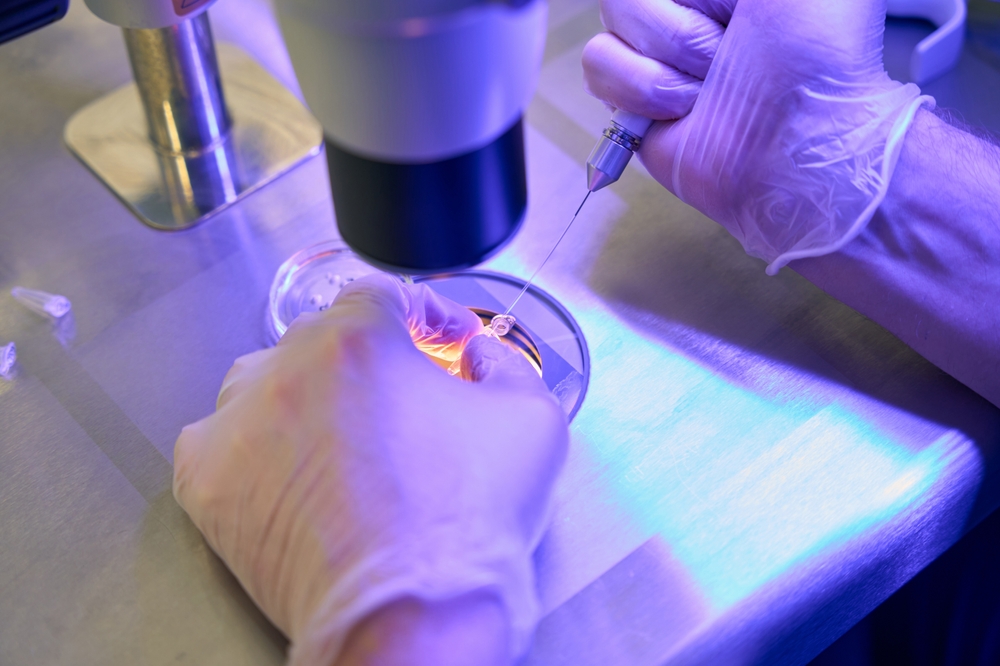
Beyond the biological context, there are critical, non-negotiable hurdles of medical development. The “serum” has not been tested in human clinical trials. This is the long, expensive, and essential process (divided into phases for safety, efficacy, and large-scale validation) required to prove any new treatment is safe for people. Its safety, effective dosage, required frequency, and stable formulation for a human scalp are all completely unknown.
The “natural” source of the fatty acids (oleic and palmitoleic acid are indeed in olive oil and the human body) is often used to imply safety. This is a common fallacy. “Natural” does not guarantee safety or efficacy at a therapeutic dosage. The specific concentration needed to activate a stem cell is unknown, as are the long-term effects of applying it to the scalp.
The researchers themselves, in line with responsible scientific practice, have noted their next steps are to determine basic formulation and dosing before human use can even be considered, confirming that any potential application remains years away. This critical nuance is often lost in a “product-over-process” narrative. The public sees a “serum,” but the scientists see a “pathway.” The serum was merely the experimental tool to prove their hypothesis in mice. Adding a final, sobering layer of caution, the study itself has faced public scrutiny from data integrity experts, who have alleged potential manipulation in some of the paper’s key images. These allegations, which are public, cast a shadow of doubt over the findings that must be resolved by the scientific community and the journal.
Reframing Your Relationship with Hair

Waiting for a miracle cure can feel like living in limbo. In the face of this uncertainty, the most empowering step is to focus on what is within our control. This journey moves along two very distinct, yet equally valid, paths: the path of action, and the path of acceptance.
The path of action involves seeking proven remedies, not magical ones. This begins with a conversation with a dermatologist. This is the only way to get a proper diagnosis, to understand why you are experiencing hair loss, and to discuss the real, clinically-proven, FDA-approved therapies that exist today. Treatments like topical Minoxidil (Rogaine) and oral Finoxidil (Propecia) have decades of data behind them. They are not miracles, and they don’t work for everyone, but they are the current standard of care and a responsible starting point for any “remedy” discussion.

The second path, and for many the more profound, is that of acceptance. This is not about “giving up”; it’s about “owning it.” You can reclaim the power that hair loss may have taken from you. This can be a practical shift, like finding a hairstyle that works with, not against, your new reality, such as a sharp buzz cut, a clean shave, or a style that embraces your hair’s new texture. Or it can be a deeper, internal shift: a conscious decision to separate your sense of self-worth from the density of your hair. Confidence is a posture, an energy, an outlook. It is not, and has never been, grown from a follicle. Choosing to “own the look” is a powerful, present-tense solution that is fully available, right now, 20-day-cure or not.
A Realistic Path Forward
The desire for a simple, fast solution to hair loss is deeply human and understandable. This new research into a “macrophage-to-adipocyte-to-follicle” axis is genuinely exciting for the scientific community. It opens a new door, a new line of inquiry, and could one day contribute to a complementary therapy, perhaps used in a “stack” with other treatments.
But it is not a “cure,” and it is not 20 days away. The path forward, for all of us, is not to head to the kitchen to apply olive oil to our scalps. The path forward is to practice patience and to arm ourselves with critical thinking. We can, and should, celebrate the slow, methodical, and brilliant process of scientific discovery (the real work of mapping our own biology) without falling for the distortion of hype that promises the destination without the journey.
For those struggling with the emotional weight of hair loss, the most impactful and empowering action remains the one grounded in today’s reality. The only responsible answer is to seek the guidance of a dermatologist. That is the only conversation that can untangle personal fact from public fiction and lead to a responsible, effective treatment plan based on existing, FDA-approved, and clinically-proven therapies. Hope is a beautiful and necessary thing, but in medicine, it must always be paired with evidence.
Source:
- Tai, K., Chen, C., Fan, S. M., Kuan, C., Lin, C., Huang, H., Lee, H., Wang, S., Chang, N., Lin, J., Chang, C., Yang, K., Plikus, M. V., & Lin, S. (2025). Adipocyte lipolysis activates epithelial stem cells for hair regeneration through fatty acid metabolic signaling. Cell Metabolism. https://doi.org/10.1016/j.cmet.2025.09.012
Loading...

